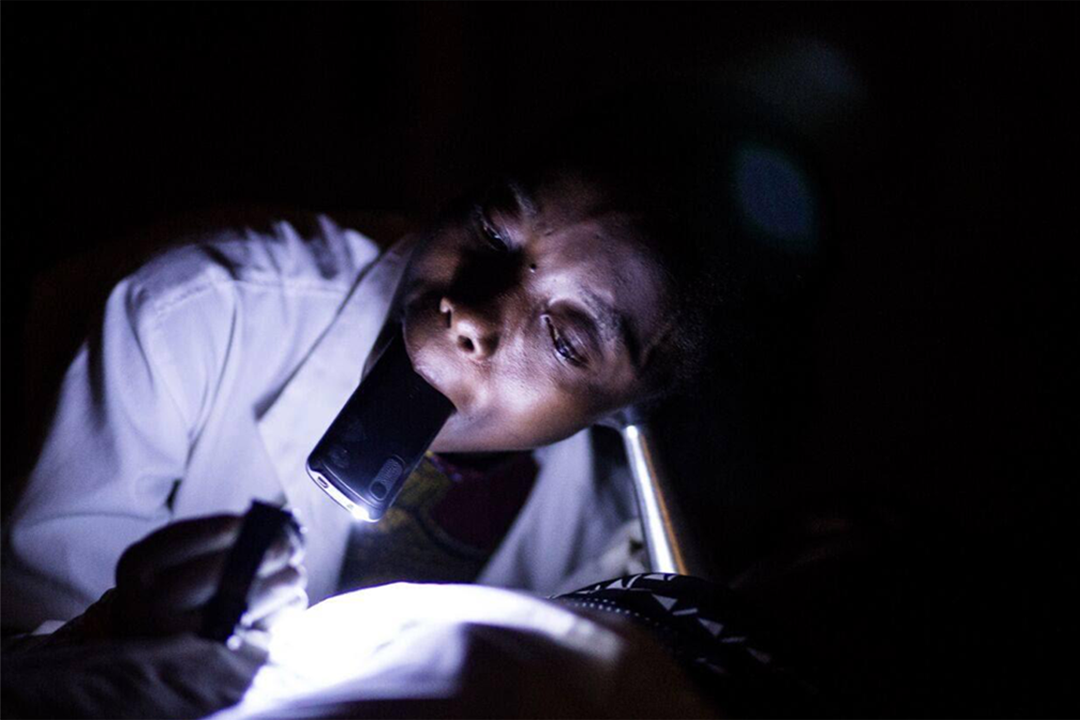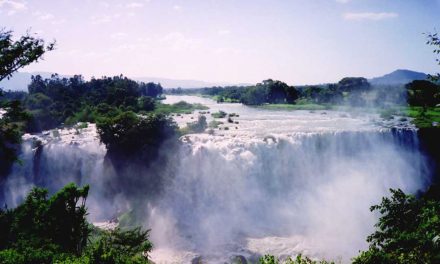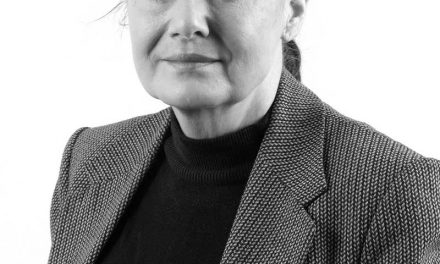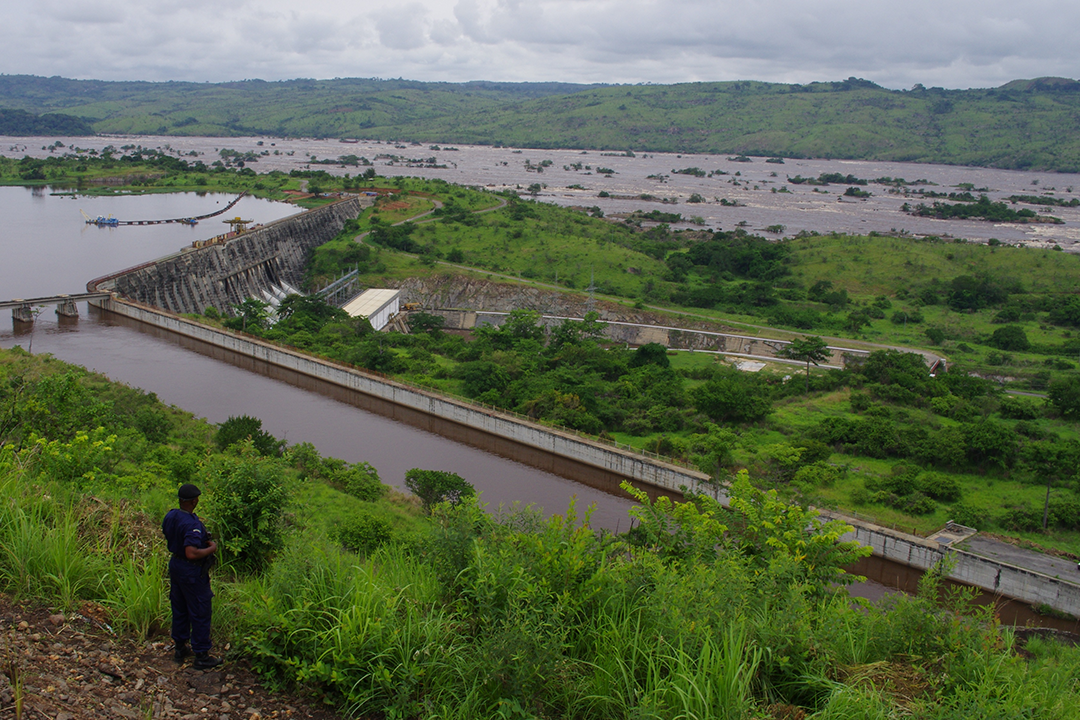Africa’s energy deficit requires a multi-layered approach
Africa faces a gigantic energy challenge. Latest estimates are that on the continent 600 million people, virtually all residing in sub-Saharan Africa and amounting to more than half the population, still don’t have access to electricity. Added to this, Africa has the youngest and fastest growing population on the planet, which is expected to double to 2.5 billion people by 2050. The International Energy Agency (IEA) expects energy demand to grow by 60% by 2040, in a situation where already the vast majority of people are either not served or underserved with electricity, with power cuts across the continent having a hugely detrimental economic impact.
Traditionally, the answer to this energy problem has been to build big energy infrastructure projects, grow the generation capacity of national grids and connect more people to the national grid. Large infrastructure projects, such as the Grand Inga Dam Hydroelectric project in Democratic Republic of Congo (DRC), which has the potential to provide 40,000 MW of hydropower to the continent – approximately 40% of its current electricity needs, initially appear to be the solution. Get enough funding into this and other similar projects, grow the grid to reach every single person in Africa and the energy crisis is solved.
However, the project has almost come to epitomise the problems of relying on mega-infrastructure projects to supply power to those without it across Africa. It is beset with problems that have dragged on for decades. The project consists of six phases, at a conservative estimated cost of $80 billion, the first was completed in 1972, the second in 1982 with the third expected in 2028. It currently provides just 1,775 MW of power.
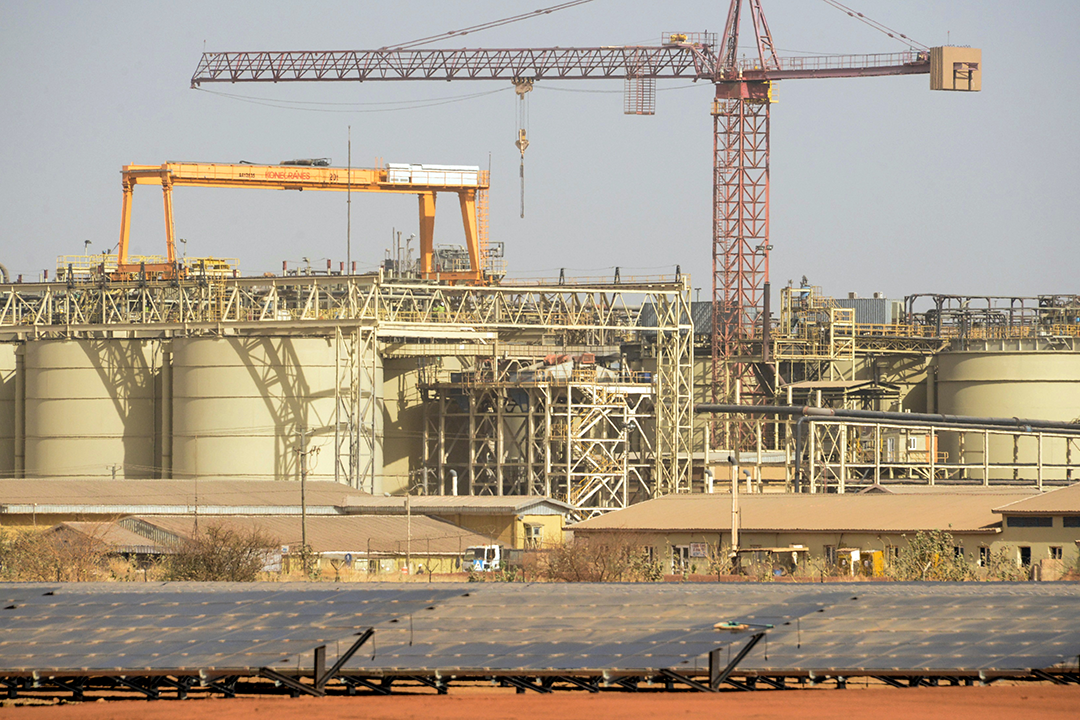
Solar panels at the new 15 MW photovoltaic (PV) power plant supplying the Canadian mining company Iamgold’s Essakane gold mine, near Dori in northern Burkina Faso. Photo: Ahmed Ouoba/AFP
Though the Inga Dam’s scale is unparalleled, the types of problems it has encountered and continues to do so are not unique. Financial, political and logistical problems have all beset the project, with various partners dropping out, questions over transparency and accountability as well as legal and parliamentary challenges causing never-ending delays and increasing costs.
“The reality is that sub-Saharan Africa won’t follow the same electrification path we’ve seen in other parts of the world,” summarised David Riposo, energy access advisor at Power Africa, the US government-led partnership with the goal of adding more than 30,000 MW of new electricity generation capacity and 60 million new electricity connections for homes and businesses by 2030. “Much of the continent still consists of rural villages located far from major roads, making traditional grid extension to these communities uneconomical in the short-term.”
However, there would appear to be a solution: decentralised renewable energy (DREs) consisting of mini grids that would be off the main national grid and powered by small-scale electricity generation, typically less than 15 MW, to supply power to a limited number of customers. These also have the benefit of being able to offer clean and affordable renewable energy rather than from burning fossil fuels or using kerosene, which is a comparatively costly fuel source yet so often used in large areas of the continent where electricity is sparse.
“DREs are cheaper, faster, and easier to deploy in rural and remote areas that are untenable for grid electrification, or may not be connected by the grid in the near term. African Development Bank (AfDB) is committed to dramatically expanding its investments in and financing for decentralised renewables,” says Daniel Schroth, acting director for Renewable Energy and Energy Efficiency at the bank. “We see immense potential for expanding finance for microgrids/mini-grids in Africa.”
As does the IEA which, in its 2019 Africa Energy Outlook report, suggested grid-based electrification is the least-cost option for 45% of the continent’s population. This leaves the majority, 55%, to come from off-grid and mini-grid connections. Despite this, large infrastructure projects do experience further problems. On top of being expensive, running into serious delays, ballooning costs and failing to reach those living off the grid there can also be difficulties in getting them online and connected to a country’s electrical grid system in the first place.
For instance, Nigeria currently has a generation capacity of 12,522 MW, but it has a theoretical transmission capacity of only 7,500 MW, meaning it is unable to distribute across its grid the electricity generated if all its power stations are running correctly. Though, due to recurrent problems around maintenance, trips, faults and leakages that make many of the power stations unable to supply the grid, the country’s average operational capacity is approximately 3,879 MW, with a peak of 5,244 MW, which was achieved last year. A lack of maintenance, along with a lack of investment in the transmission capacity side of grid infrastructure, has resulted in a transmission network that cannot provide for the energy needs of the country.
As the continent’s biggest economy with a large and growing population, Nigeria’s energy needs are severe. Currently, the country’s electricity demand is estimated to be four to 12 times what the grid is currently supplying, and that need is only going to grow.
One example of this problem with transmission capacity not matching generational capacity was the Lake Turkana Wind Power (LTWP) project in northern Kenya. LTWP was a 310 MW project, which cost $680 million and was financed as a public-private partnership (PPP), securing debt investment from a syndicate of banks led by the AfDB, although the World Bank declined to invest, citing concerns over the power purchase agreement with the Kenyan government.
As Africa’s largest wind project that would increase Kenya’s power generation capacity by roughly 17%, as well as save the equivalent of up to 736,615 tonnes of carbon dioxide being released into the atmosphere each year. it appeared to be an ideal energy project for Africa. From initial discussions in 2005, the whole project was built and ready to begin transmission in 12 years. In addition, the project used an innovative financial structure and pulled in private capital from institutional investors, with funding guarantees by the AfDB and European Investment Bank (EIB). It also had capital from the EU-Africa Infrastructure Trust Fund (EU-AITF), a financial instrument, which blends development finance institution monies with grant monies from the European Commission, to fill the equity gap.
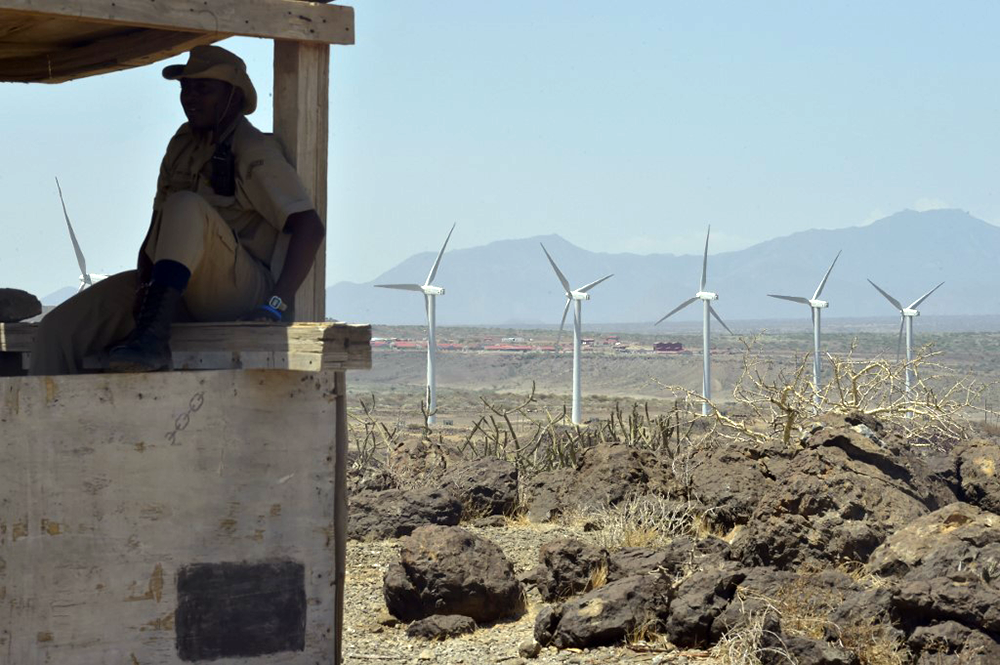
A man guards the wind turbines at the Lake Turkana Wind Power project in Loiyangalani District, in Marsabit County, approximately 545 kilometres north of Nairobi. The farm has 365 turbines, each with capacity of 850 kW. The wind farm is providing reliable, low cost energy to Kenya’s national grid. Photo: Simon Maina/AFP
However, once it was ready, the transmission line to connect it to the grid had not been completed. The construction of the 435 km transmission line had run into several problems with the contracted company experiencing financial difficulties and work needing to be redone. This led to a 15-month delay and resulted in the Kenyan government having to pay $52.5 million to LTWP in fines from lost revenue, which was ultimately paid by the Kenyan taxpayer who were unable to access the electricity from the project. Despite this incident, the AfDB remains committed to large infrastructure projects in potentially unconnected areas as these were all potential problems that were considered before LTWP started as a project.
“AfDB is supporting interconnections, development of regional power markets and strengthening of transmission and distribution networks; all with a view to giving countries access to large competitive power markets and meeting energy security needs in a cost-effective manner,” explains Schroth. However, “AfDB’s interest in decentralised solutions (including micro-grids) is not so much a reaction to challenges seen within the utility-scale landscape – because we need to address these as well,” he adds.
Yet mini-grids have their own problems, most notably scale and financing.
“Financing continues to be a challenge for the off-grid sector in sub-Saharan Africa,” explains Power Africa’s Riposo. “Revenue risk exceeds the tolerances of many lenders, and the capex is too small for conventional project finance.”
Schroth agreed, adding: “There is still a lack of pure commercial financing as the mini-grid market lacks scale, and developers’ project track records are limited.”
Organisations like Power Africa and the AfDB are both looking to support mechanisms, such as the Sustainable Energy Fund for Africa (SEFA) and Beyond the Grid Fund for Africa that look to address this funding issue and galvanise investment into mini grids with innovative blended finance facilities.
“Mini-grids/microgrids are not and should not be seen as a competitor to the utility-scale projects but as a complement,” Schroth concludes. “The choice of one or the other, or both in different geographies depends on the desired tier of access, their economic viability, and the new opportunities brought by technological progress.”
Joe Walsh is a freelance journalist based in Johannesburg. He writes about the environment, energy and the green economy as well as politics and society for British publications, including Environmental Finance, the New Statesman and The New European.


